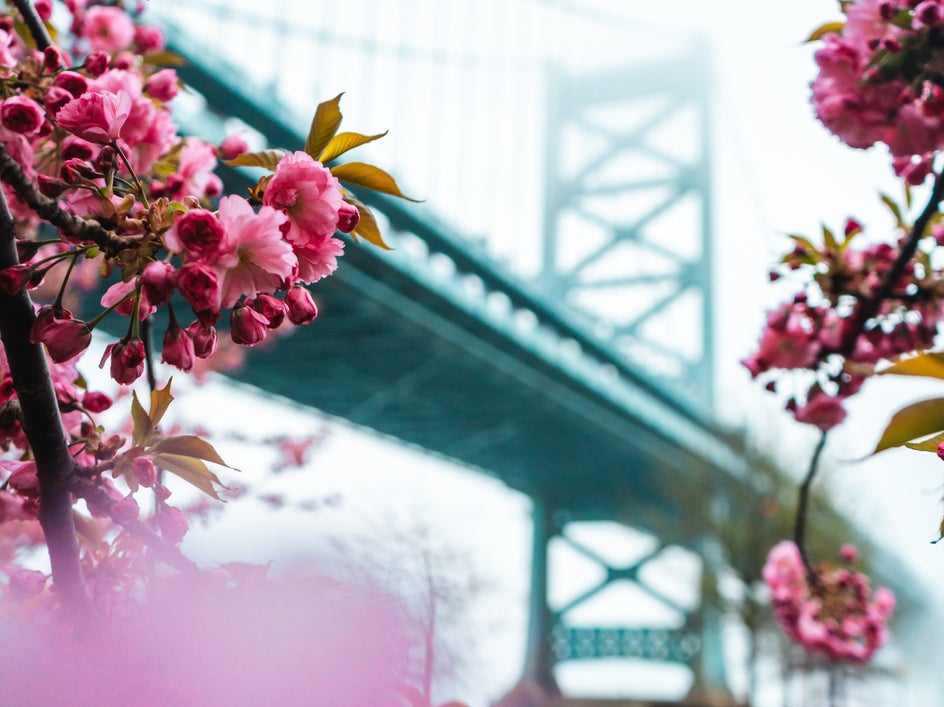5 Composition Rules for Picture-Perfect Photos

If you’re having a hard time capturing the perfect shot, you’ve come to the right place. Great photography begins with compelling composition. However, unless you know the rules of composition, you’re not setting yourself up to succeed.
Thankfully, we’ve written this guide about the 5 rules of composition to help you capture picture-perfect imagery, every time. So, whether you’re an amateur photographer or a seasoned professional, these top tips will ensure your success!
5 Elements of Composition in Photography
When it comes to achieving the best composition within an image, it comes down to just a handful of important elements.
Without further ado, here are 5 things to remember about composition next time you pick up your camera.
1. Simplify the Scene
Have you ever looked at a photo and felt like there was just too much going on? When this happens, your eyes dart from one part of the image to the next, unable to focus on a single stand-out element. This is an example of bad composition in photography, so it’s certainly something you’ll want to avoid.
In photography, the saying “less is more” definitely applies. A photograph without a clear focal point begins to lose the interest of its audience, so in order to avoid this, you should choose a subject and then work around it.

2. Avoid Too Much Negative Space
Negative, or empty, space is great for balancing your photo and emphasizing a focal point. However, too much of it can throw off that balance and take the emphasis away from your subject. The best way to counteract this problem is to fill your frame more. Focus on the most interesting aspect of your image and allow the background to complement it, rather than overwhelm it.
If you don’t get this right during shooting, then don’t fret. The Crop tool in BeFunky’s Photo Editor can get rid of unwanted negative space in just seconds.

3. Embrace Lines
It doesn’t matter what scene you’re trying to capture; lines are all around us. Whether it’s the horizon, a road, a row of trees, or even the lines of a picket fence, these can all be used to get your composition just right.
Try using converging lines to give a sense of perspective and three-dimensionality. Or, use curved lines to bring viewers’ eyes on a journey around the image, eventually leading them towards the subject.

4. Obey the Rule of Thirds
The most well-known composition rule is the rule of thirds. When you look through the viewfinder on your camera or cell phone, imagine that what you’re seeing is divided into 9 equal segments. With this guideline, the left or right third of the photograph is where your subject is placed, leaving the other two-thirds emptier.
This rule of composition emphasizes the subject and draws the viewer's eye deeper into the image. Preferably, the remaining space should be in the direction that the photo’s subject is facing or moving toward.
Some cameras give you the option to actually display the grid while you look through the viewfinder. If you need a helping hand during the post-processing stage, however, our Crop tool features handy gridlines to position your subject right where you want it. Now, you can achieve the rule of thirds every time!

5. Create Depth With a Clear Foreground, Middleground, and Background
Depth of field is another important element of composition in photography. By having a clear foreground, middleground, and background, you can draw in the eye of the viewer and present them with greater contrast within your scene.
To achieve this, consider the angles at which you’re shooting your subject. If you’re capturing a mountain range, for example, look for an interesting element that can form the foreground, such as the branch of a tree or some wildflowers shot from a low angle. Alternatively, consider what other elements can make up your middleground and background if you’re shooting an object up-close.
The aim is to take the viewer on a visual journey through your scene and create as much depth and interest as possible.

Perfect Your Images With Photography Composition Rules
Now that you know these 5 elements of composition in photography, you’re ready to go forth and capture your best imagery yet! Plus, by using the wide range of tools and features available in our Photo Editor, you can take your photography to even greater heights.
Check out the Photo Editor for yourself to see just how helpful it is!















